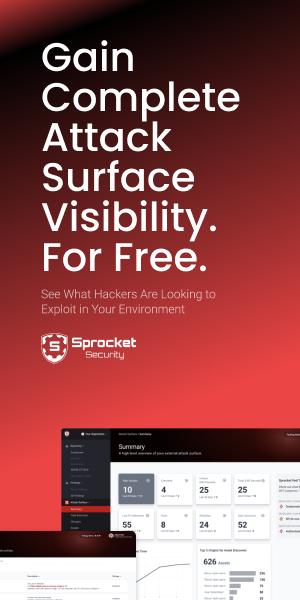After initially accessing an internal network during a penetration test, you need to find out what the Active Directory (AD) infrastructure looks like. Here, we’re going to examine methods for this process from both Windows and Linux, so you have an approach in your back pocket that fits your needs.
Linux
It’s easiest to take a look at AD infrastructure via Linux. The first step is to find your internal domain names. If you want to remain stealthy, this can be completed using packet capture analysis.
tcpdump -i $IFACE -w $DATE-capture.pcap port not 22 and host $YOURIPIssue the command above, then analyze the resulting pcap for any FQDN. Look out for:
- Computer host names
- LDAP/LDAPS communication
- DHCP broadcasts
For demonstration purposes, let's assume you discovered the domain name: [acme.local].
Once you’ve discovered a domain name, you can use the following methods to enumerate information about AD infrastructure. In most cases, we recommend using [nmap] to complete this task.
nmap --script dns-srv-enum --script-args "dns-srv-enum.domain='acme.local'"The command output should look similar – if not identical – to the following:
Starting Nmap 7.80 ( https://nmap.org ) at 2019-11-07 18:45 CST
Pre-scan script results:
| dns-srv-enum:
| Kerberos KDC Service
| service prio weight host
| 88/tcp 0 100 acdc1.acme.local
| 88/tcp 0 100 acsc2.acme.local
| Kerberos Password Change Service
| service prio weight host
| 464/tcp 0 100 acdc1.acme.local
| 464/tcp 0 100 acsc2.acme.local
| LDAP
| service prio weight host
| 389/tcp 0 100 acdc1.acme.local
| 389/tcp 0 100 acsc2.acme.localThere we go; it’s that simple. You now know where your domain controllers are. Now, you can follow up with further enumeration for more intrusive attacks.
Windows
Let's say you landed on a Windows host because your phishing email finally got through. Discovering information about your domain is incredibly simple:
set L
or
echo %logonserver%
``` bash
<br /><br />
##TL;DR
Linux AD Controller Discovery:
```bash
tcpdump -i $IFACE -w $DATE-capture.pcap port not 22 and host $YOURIP
# identify local/internal domain from pcaps then use in the following command:
nmap --script dns-srv-enum --script-args "dns-srv-enum.domain='acme.local'"Windows AD Controller Discovery:
set L
or
echo %logonserver%References
https://ss64.com/nt




